Speed and Velocity Worksheets with Answers
Are you a physics teacher or student looking for comprehensive worksheets on speed and velocity? Look no further! In this blog post, we will provide you with a variety of worksheets that cover the essential concepts of speed and velocity. Whether you are an educator preparing lessons or a student wanting extra practice, these worksheets will help you understand and master the principles behind calculating speed and velocity in various scenarios.
Table of Images 👆
More Other Worksheets
Kindergarten Worksheet My RoomSpanish Verb Worksheets
Cooking Vocabulary Worksheet
DNA Code Worksheet
Meiosis Worksheet Answer Key
Art Handouts and Worksheets
7 Elements of Art Worksheets
All Amendment Worksheet
Symmetry Art Worksheets
Daily Meal Planning Worksheet
What is the difference between speed and velocity?
The key distinction between speed and velocity is that speed is a scalar quantity that only measures the rate at which an object is moving, while velocity is a vector quantity that takes into account both the object's speed and its direction of motion. Speed tells you how fast an object is moving, while velocity tells you both how fast it's moving and in what direction.
How is speed calculated?
Speed is calculated by dividing the distance traveled by an object by the time it took to travel that distance. The formula for speed is speed = distance / time. Speed is typically measured in units such as meters per second (m/s) or miles per hour (mph).
How is velocity calculated?
Velocity is calculated by dividing the change in position (displacement) by the change in time. Mathematically, the formula for velocity is: velocity = change in position/change in time. This formula gives the average velocity of an object over a specific time interval. Additionally, velocity is a vector quantity and includes both the magnitude (speed) and the direction of an object's motion.
What are the units for speed and velocity?
The units for speed are typically expressed in meters per second (m/s) or in other units such as kilometers per hour (km/h) or miles per hour (mph). Velocity, being a vector quantity that includes direction, also uses these same units (m/s, km/h, mph) to indicate the rate of change in position over time with a specified direction.
What does a positive velocity indicate?
A positive velocity indicates that an object is moving in the positive direction along its designated axis or path. This means that the object is moving away from a reference point or origin in the direction that has been defined as positive.
What does a negative velocity indicate?
A negative velocity indicates that the object is moving in the opposite direction of the chosen positive direction. It signifies that the object is moving backwards, or in the negative direction, relative to the point of reference.
How can you determine the average speed or velocity over a given time interval?
To determine the average speed or velocity over a given time interval, you need to divide the total distance traveled by the total time taken. This formula can be represented as average speed = total distance / total time or average velocity = displacement / total time. By calculating this ratio, you can find the average speed or velocity of an object during a specific time frame.
Can an object have a constant speed but changing velocity? Explain.
Yes, an object can have a constant speed but changing velocity if it is moving in a circular path. This is because velocity is a vector quantity that takes into account both the speed of an object and its direction of motion. In a circular path, even if the speed remains constant, the direction in which the object is moving is continuously changing, resulting in a changing velocity.
Can an object have a changing speed but constant velocity? Explain.
Yes, an object can have a changing speed but constant velocity if the direction of its motion remains constant. Velocity is a vector quantity that includes both speed and direction, so as long as the object is moving in a straight line and its speed is changing at a steady rate in that direction, its velocity will remain constant. This can occur in situations where an object is accelerating or decelerating uniformly in a straight line.
Give an example of a situation where speed and velocity would be different.
An example of a situation where speed and velocity would be different is when an object moves in a circular path at a constant speed. In this case, the speed of the object remains the same, but its velocity changes constantly because velocity is a vector quantity that takes into account both speed and direction. The direction of the object's velocity is always changing as it moves around the circle, even though its speed is constant.
Have something to share?
Who is Worksheeto?
At Worksheeto, we are committed to delivering an extensive and varied portfolio of superior quality worksheets, designed to address the educational demands of students, educators, and parents.





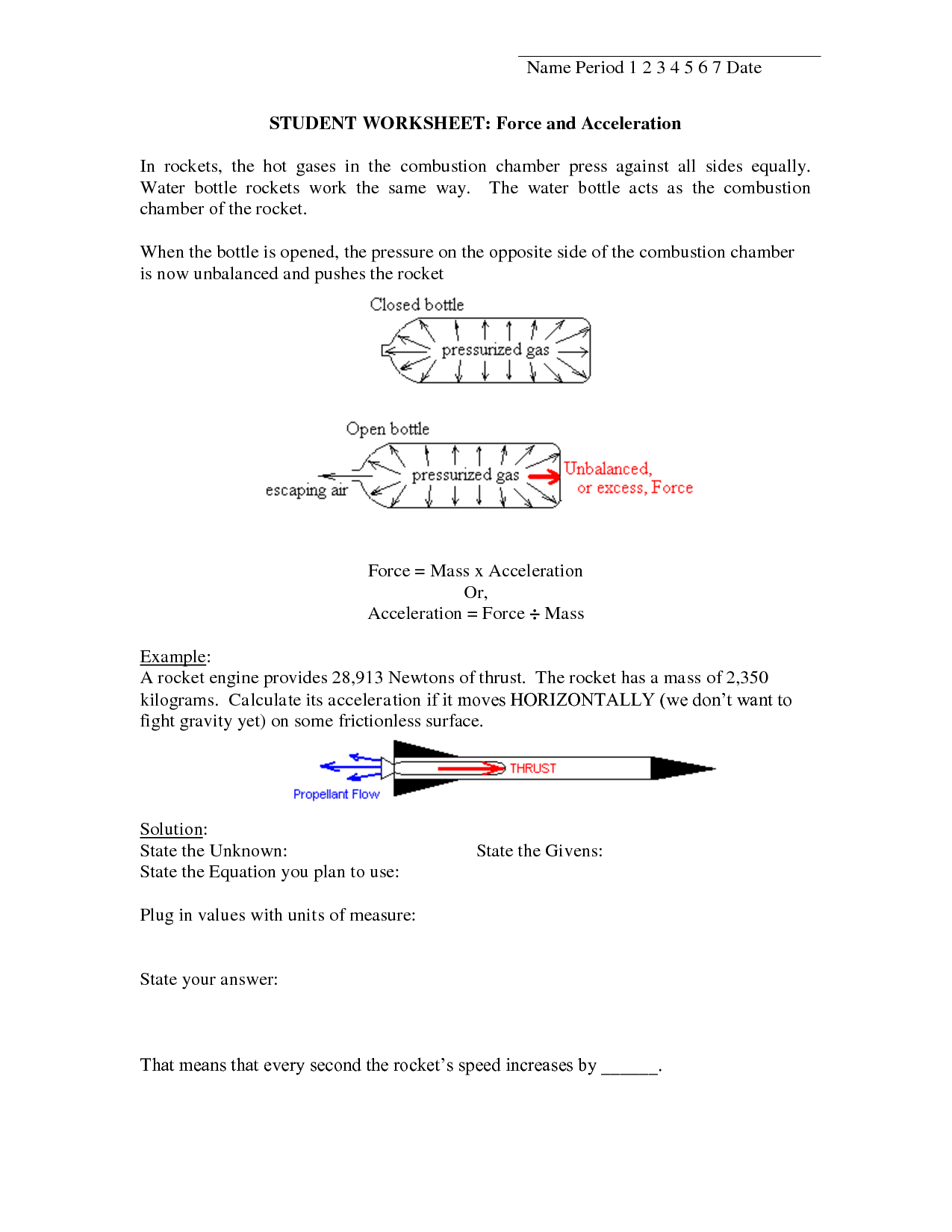
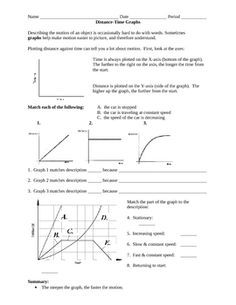
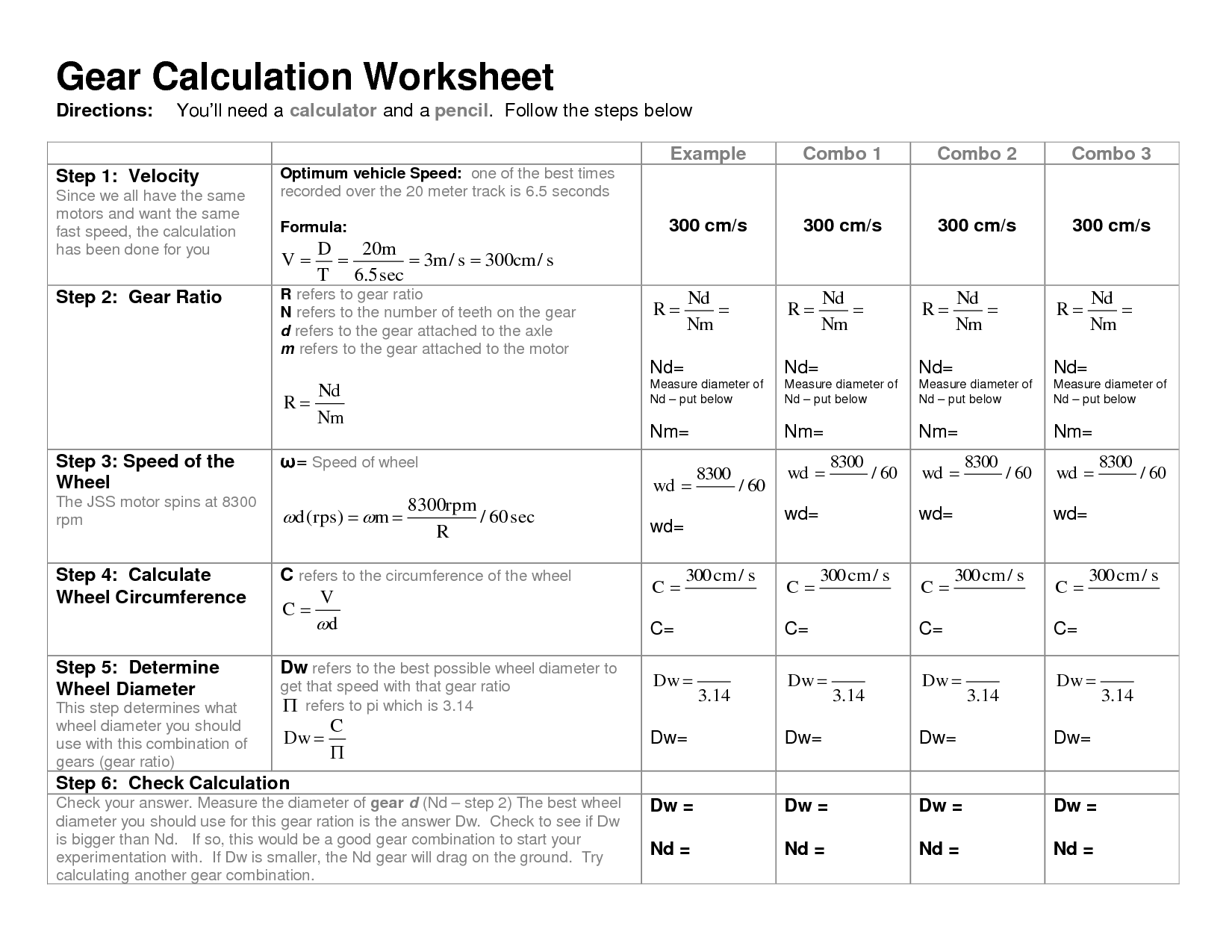
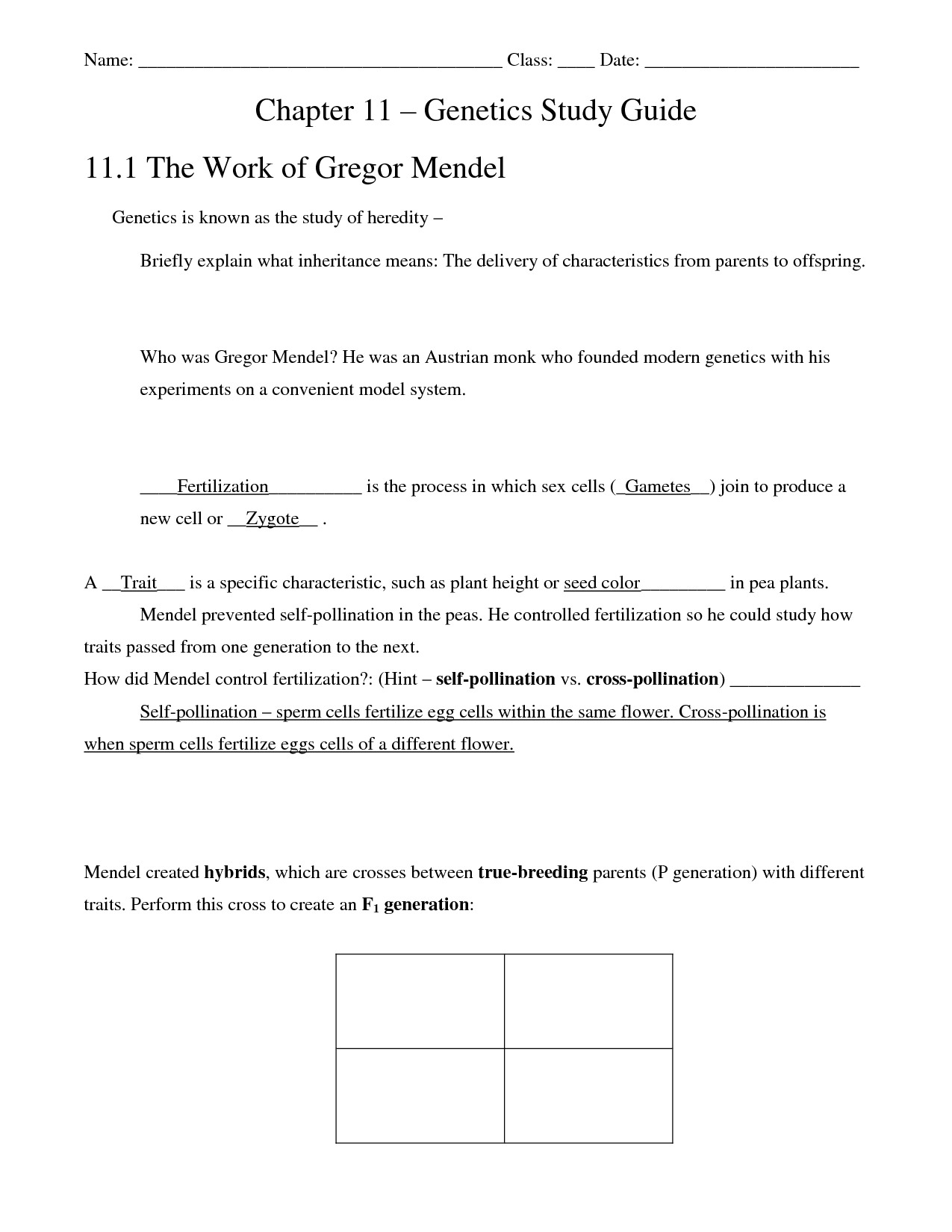
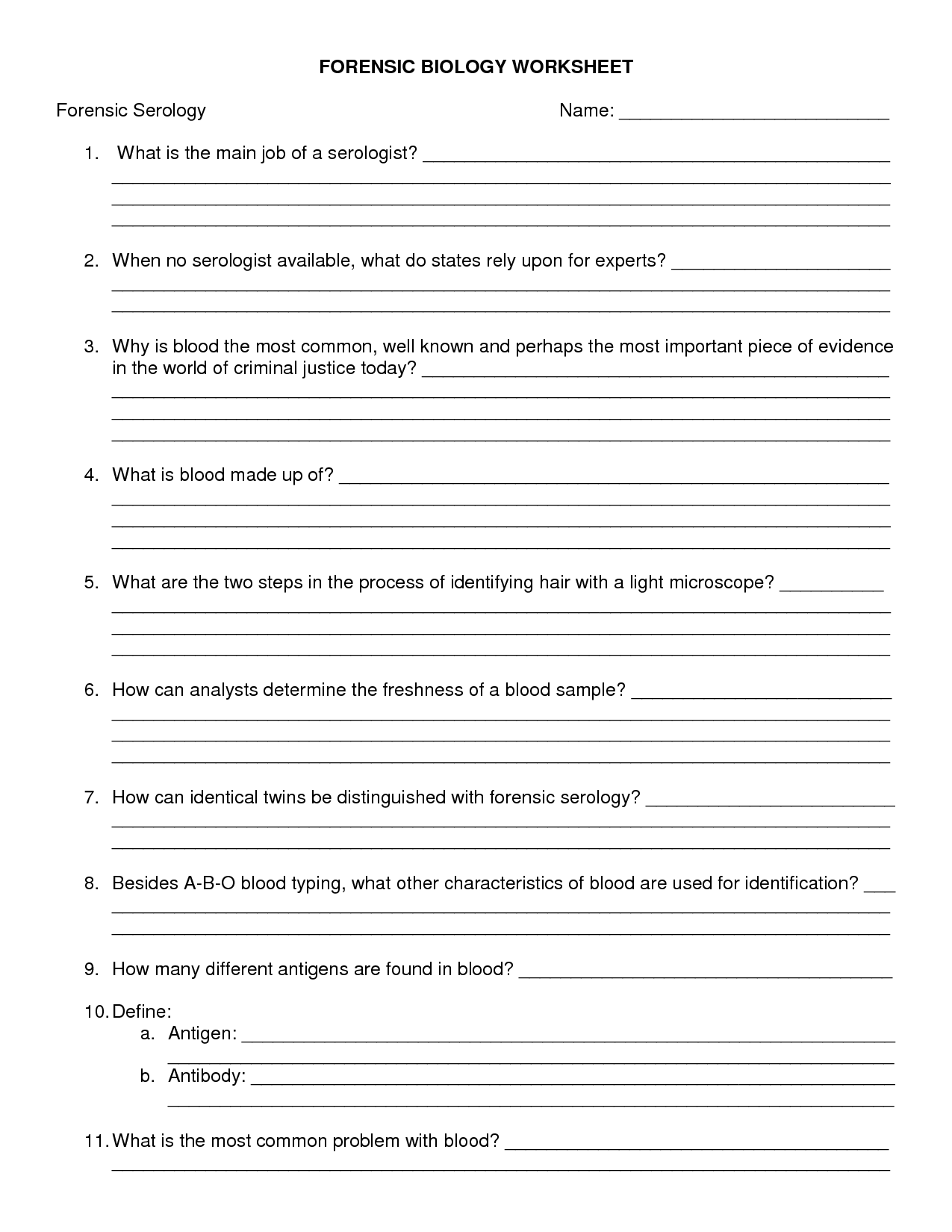














Comments